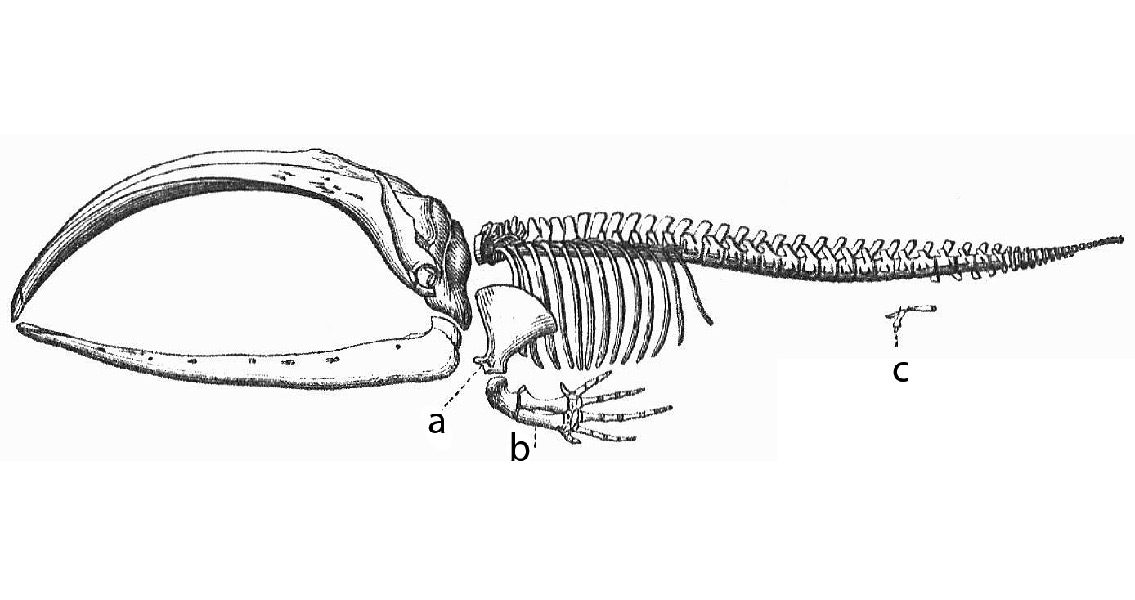<![CDATA[The fossilized remains of a 4 million year old whale were discovered at a Santa Cruz County construction site on September 4th of this year. According to reports in the Santa Cruz Sentinel, a paleontologist that had been tasked with monitoring the Scotts Valley housing development as it was being built discovered the fossil. The remains, which were mostly intact and thought to have belonged to an early ancestor of the baleen whale known as a mysticete whale would have been around 25 feet long in life according to Scott Armstrong from Los Angeles County-based Paleo Solutions, an archaeological consulting firm. Early examination of the findings indicate that vertebrae, arm bones, shoulder blades, a mostly intact jaw, and many skull pieces of the whale have been found so far. Armstrong told the Sentinel that the remains had been re-positioned to their current location thanks to the work of earthquakes and other tectonic shifts over the last four million years. The scientists explained that in most places in the nearby hills there was a minor, relatively inactive fault line responsible for pushing the hills up. However, over thousands or even millions of years, even these inactive faults could have helped the remains of the mysticete whale travel so far inland. Workers armed with brooms, shovels, hoes and hand tools worked to unearth the ancient skeletal remains when the excavation process began. Paleontologists took great care with the fossilized bones, encasing them in plaster for preservation and to make them easier to transport. After being secured in this manner, they are destined to be shipped to Paleo Solutions’ Monrovia offices, where the remains will be subjected to close examination and research. According to University of California, Santa Cruz paleontologist Matthew Clapham, finding such an intact skeleton in Scotts Valley is exceedingly rare. The scientist told the Sentinel in an interview that the find was quite impressive, as it’s much more common to find only a few scattered bones, or a piece of the brain case or the skull, when it comes to fossils sourced from the adjacent regions, especially closer to the coastline. Meanwhile, this latest find occurred on the heels of another whale skeleton discovered in the region. In fact, just three years ago another fossilized whale was discovered in Pleasure Point, near the site of the most recent mysticete whale discovery. Modern mysticete whales, better known as baleen whales, are some of the largest whale species that populate Earth’s oceans. The blue whale, the largest animal that has ever lived, is capable of reaching sizes that would dwarf even the largest of the dinosaurs, though it is currently one of the most endangered species on the planet. Remarkably, the blue whale feeds almost exclusively on krill, plankton, and small fish species such as sardines in order to survive. ]]>
4 Million Year Old Whale Remains Found in California
